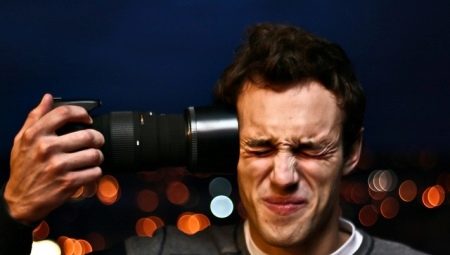There are people who love to be photographed, take selfies, share pictures with others, and there are those who are almost impossible to see in the photo — they carefully avoid photos driven by subconscious fear.
Phobia Features
Fear of the camera and the prospect of getting into photographs can have a different origin. In most cases we are talking about dysmorphophobia, in which a person believes that he has defects in appearance, so he does not want them to be visible to others and to himself, remaining a reminder in the form of a photograph.
Sometimes the fear of taking pictures is connected with a fear of the camera lens (a fairly common phobia, especially among the older generation, which is called autogonistophobia) In this case, people are afraid of the situation itself facing the camera. With photophobia, people are afraid to take pictures with flashes, since this mental disorder is closely associated with fear of flashes of bright light.
Sometimes a person has signs of all three phobias. In any case, the fear of taking pictures is a serious problem. After all, photographs are not only funny selfies on social networks, but also a necessity (when you need to take photos on documents), memory (memorable photos by a class, an institute group, family photographs). If a person carefully avoids taking photographs, this can have a significant impact on his life.
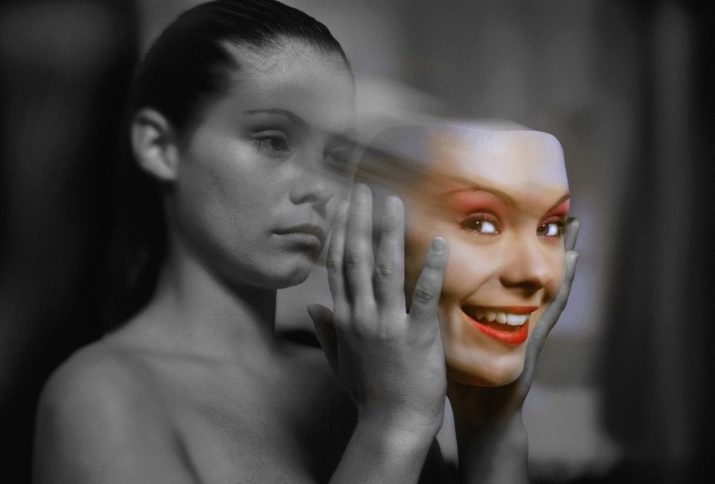
Causes
Fear of photographing can manifest itself in a person of any age, but more often - in adolescents and adults. But the predisposing reasons for the development of phobias are usually laid in early childhood - from 3 to 7 years.
Usually, the underlying fear of participating in a photo shoot is low self-esteem.
A person is not sure what he looks like, what most people look like. He believes that his appearance is worse, it has defects. And even if it is a small mole on the cheek, the person suffering from this disorder perceives it as a giant stain that everyone around will definitely pay attention to. He is shy, public opinion about his person is very important for him, he is afraid of condemnation, ridicule.
Sometimes fear is based on superstition, religious beliefs. If a child has heard that a photograph can take away the soul, take life, then irrational fear will not allow him to do something that for many is simple and natural - to stand in front of the camera or video camera lens. Fear may be associated with negative personal experiences. - once the child turned out badly in the picture, so his peers, classmates laughed at him, he became a victim of pressure. Next time, the fact of the upcoming photo shoot will be very worrying.
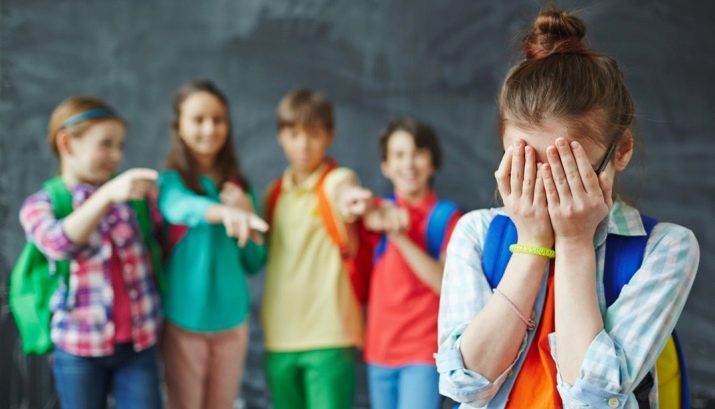
The cause of fear may be features of education in childhood. Most often, such a problem is faced by people who were brought up in an atmosphere of aesthetics and beauty - parents demanded that everything be beautiful, criticizing the appearance of the child. The other extreme is the lack of attention from adults. At the same time, the child tried to draw attention to himself, adorned himself, but did not reach the goal and was finally convinced that he was such as nature had created, nobody was interested in and needed.
The genetic theory of fear does not find adequate evidence. There is no gene that is responsible for transmitting the fear of photographs from mom to daughter or from dad to son. But it is noticed that children can copy the behavior of parents, therefore adults with a fear of taking pictures often grow up children with the same fear. Certain character traits predispose to the development of fear - suspiciousness, anxiety, increased excitability, anxiety. Shy people are also at risk.

Symptoms
“I'm afraid to be photographed,” they say so often, especially women. Does this mean that they have a phobic mental disorder? Not at all. Often such statements are a sign of embarrassment, coquetry, the desire to receive a compliment, because in response to any photographer will answer exactly what I want to hear - “Well, what you! You look wonderful!".
A real fob does not beg for praise, does not need approval, it’s just scary, and sometimes it’s panic. If most healthy people can pull themselves together and still agree to a photograph, then phobes cannot do this in principle.
If there are events within the framework of which photographers will work, or a collective photo is coming up, a photo session (conference, concert, competition, any event), then the phobia in advance, sometimes in a few days, begins to worry.
Anxiety grows as an important date approaches; a person can literally lose sleep and rest, appetite. All his thoughts can be busy with the upcoming unpleasant occupation - the need to take pictures. There is nothing surprising in the fact that as a result, phobes are very likely to find a lot of reasons and grounds for not attending the event.
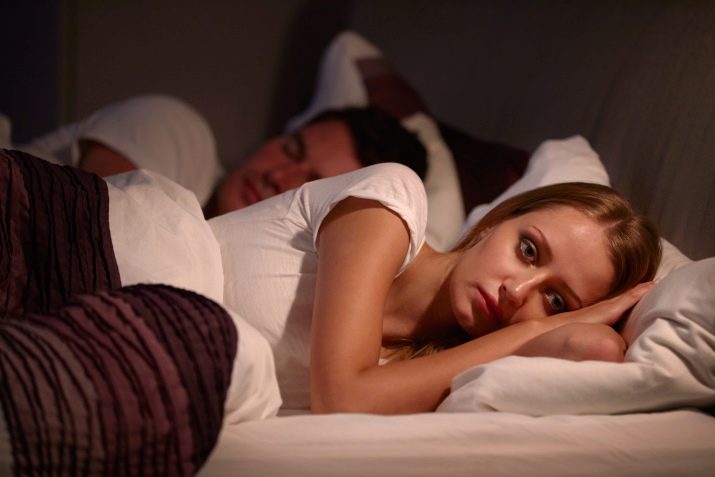
If the photographer caught the phoba by surprise, then the symptoms become noticeable to everyone around. A person suffering from the fear of taking pictures instantly experiences all the “charms” of adrenaline rushing into the blood, namely:
- pressure rises, palpitations sharply increase;
- palms sweat, back, drops of cold sweat protrude on the forehead;
- hands and lips begin to shake;
- pupils dilate;
- there is a feeling of nausea;
- in a severe case, short-term loss of consciousness, fainting may occur.

A true phobus cannot overcome its fear; it cannot influence it with any arguments.
He ceases to control the situation around, only he and a dangerous situation exist (need to be photographed) as well as a frightening object (camera lens). All these changes occur in seconds, those around only manage to notice that the person has changed in his face, he is extremely concerned. The brain, in response to danger, gives one of two commands: the phob either stays in one place, refuses to stand where the photographer is pointing, does not respond to external stimuli, or runs away to quickly find a safe space in which he can again find harmony and calm.
After an attack, a person feels shame. He is embarrassed that he will have to answer the questions of others, he is ashamed that he behaved inappropriately. He makes a promise - be sure to cope with the excitement before the next photo shoot. Unfortunately, without proper treatment, the next photo shoot will end in complete failure.
It is not surprising that a person suffering from a phobia begins to avoid any situations in which even theoretically it may be necessary to appear in front of a photo lens. Often in companies such people are called to be photographers, and categorically refuse to offer to replace them so that they can be captured for a long memory.
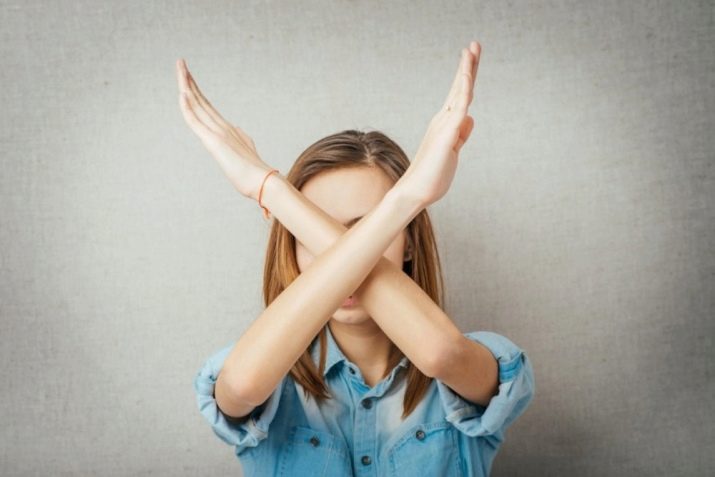
Treatment
If we are talking about pathological fear of taking pictures (phobia), then it is impossible to get rid of such fear on our own. If you manage to calm down the excitement and appear in the photo, then you are definitely not a fob. In the case of phobia, a visit to a psychotherapist or psychiatrist is recommended. No need to be shy about these specialists, they, like no one else, are well aware of how hard it is to live with a phobia, what unpleasant consequences it is fraught with.
For treatment is prescribed a course of psychotherapy. The doctor establishes the true causes of the problem - either this is dissatisfaction with oneself, low self-esteem, or photophobia (photophobia), or traumatic experience that has had a strong impact on the psyche. To eliminate the effects of harmful causes can be used hypnotherapy, neuro-linguistic programming method, cognitive-behavioral therapy, rational therapy.
The course of treatment takes several months, it is important to follow the doctor’s recommendations, attend classes in the psychotherapeutic group or private lessons on time, do not drink alcohol, psychoactive substances, avoid severe stress, overwork.

Prescribing medications for the fear of taking pictures is usually not necessary. But in some cases may be recommended antidepressants (with severe depression), as well as sedativesthat will help avoid excessive excitation of the nervous system.
In addition, it is considered useful to master relaxation methods, breathing exercises.
Gradually, the psychotherapist begins to attach the person to the photographs - first he asks to photograph what he liked around him, and then he himself becomes a participant in photo shoots. The prognosis for this phobic disorder is rather favorable. In the vast majority of cases, it is possible to completely get rid of fear with professional help.
